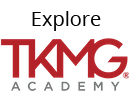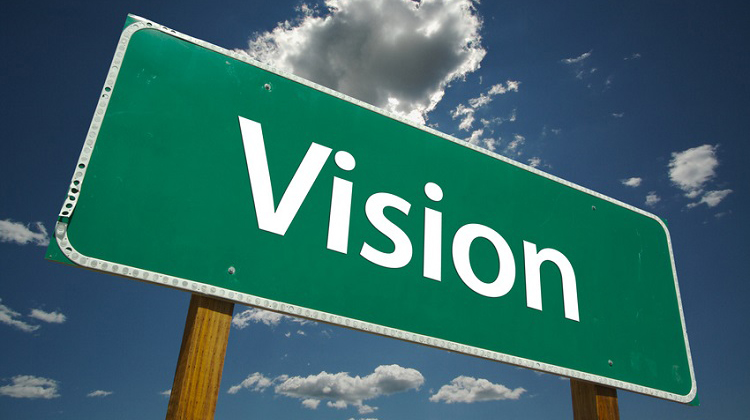- January 1, 2013
- 4 Comments
Goals & Priorities: Your Personal Hoshin
The New Year has always been one of my favorite holidays. Not for the revelry and good cheer, although that can be a nice element. I’ve always gone the opposite direction: into a quiet period of hansei (reflection) and planning.
It all starts with a cup of ginger tea and my coveted red velvet journal. I typically write in this journal twice per year: at year-end/New Year’s and mid-year. It’s my sole hoshin planning tool and, to date, has worked well for me.

My process isn’t perfect—and it’s far simpler than the process I lead my clients through (which you can read about in The Outstanding Organization)—but here’s what I do:
- Step 1 – List everything I accomplished during the year. This includes accomplishments in each of the goal categories listed in Step 4 below. I enjoyed how Matt May described his list as a “shipping list” (which he borrowed from Seth Godin) in his blog post yesterday.
- Step 2 – Compare the list to the goals (and, in some cases, measurable objectives) I established one year earlier and any modifications that I made throughout the year. I note which accomplishments weren’t on my plan, and reflect on whether the “extras” were distractions that prevented me from accomplishing higher priorities or sound adjustments to plan based on relevant new conditions.
- Step 3 – I review actual vs. target metrics for those goals that included measurable objectives. If there are gaps, I do a mini root cause analysis to learn why the gaps exist and evaluate whether I need to close them or adjust the target. (In retrospect, returning to the level of yoga practice I had in 2000 was too aggressive for one calendar year.)
- Step 4 – Next, I establish my goals and priorities for the coming year, which may include rolling over a few from the previous year’s plan (or, it could also mean that some fall all off the list because they’ve shifted in importance). I establish target metrics where possible. My goals fall into these major categories, each of which have multiple sub-categories:
- Personal
- Physical
- Spiritual
- Financial
- Social & cultural
- Business
- Business/brand development
- Client development (this includes entering new markets, shifting client mix, deciding who NOT to take on as a client, etc.)
- Financial
- Step 5 – I reflect on all of the people who’ve played a role in helping me achieve my accomplishments and give thanks. Sometimes this results in a note or a gift; sometimes I express my gratitude through meditation. I also create a “stop doing” list after reflecting on those people or activities who may pose an obstacle to achieving my short and long-term goals.
- Step 6 – I typically review my goals mid-year vs. monthly or quarterly but this will change in 2013 as I’ve recently added two members to my team. So review will need to be more frequent and they will be intimately involved in establishing my business goals for 2014.
So there you have it. If you’ve never tried such a process, I recommend it highly. A long time ago, I learned the power of writing one’s goals down and have been consistently intrigued by what happens, for example, to one’s financial performance if you physically write a target number down. In all cases, I’ve come within $2,000 of the income target I’ve set. And I accomplish this year after year, not by focusing on the target, but by simply staying the course and working my plan throughout the year, adjusting when it makes sound business sense to do so. I encourage you to try it. It’s powerful stuff.
Happy New Year to all of you! May 2013 bring a solid end to the recession and the ability for humanity to understand each other a little better. And may it bring you deep fulfillment on all fronts. I think it’s going to be a good year.



by Tammy McConaughy
I know this is a few years old, but I loved this article, I do a personal A3 every year and focus on a lot of the same areas in the above steps. I Recently had a mentor of mine give me a different perspective to my outlook; if you look at the future as how you want to be spending your moments. It really helped add the next level to my planning. I focused on my moments professionally (skills; profession; development) ; socially (friends; committees; organizations) ; personally (family; health- mind body & spirit) . Then I could associate specific tasks; actions that I wanted to take to reach / support my moments.